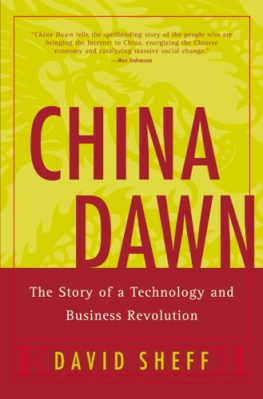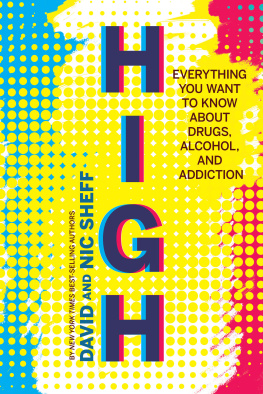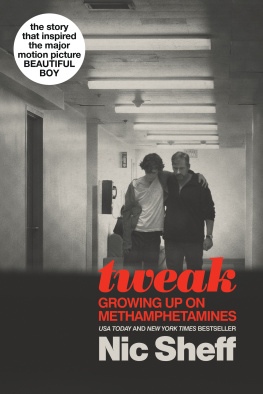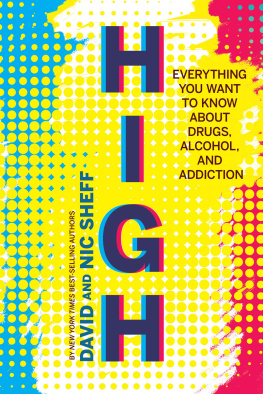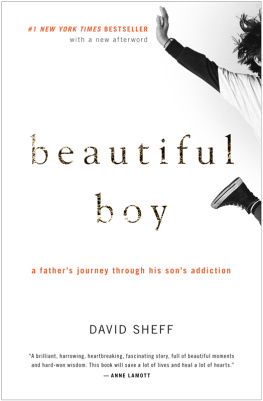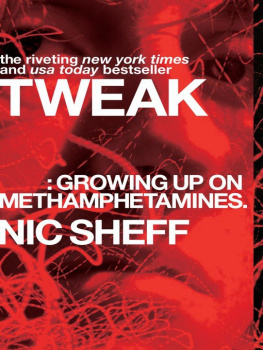David Sheff - The Buddhist on Death Row: How One Man Found Light in the Darkest Place
Here you can read online David Sheff - The Buddhist on Death Row: How One Man Found Light in the Darkest Place full text of the book (entire story) in english for free. Download pdf and epub, get meaning, cover and reviews about this ebook. year: 2020, publisher: Simon & Schuster, genre: History. Description of the work, (preface) as well as reviews are available. Best literature library LitArk.com created for fans of good reading and offers a wide selection of genres:
Romance novel
Science fiction
Adventure
Detective
Science
History
Home and family
Prose
Art
Politics
Computer
Non-fiction
Religion
Business
Children
Humor
Choose a favorite category and find really read worthwhile books. Enjoy immersion in the world of imagination, feel the emotions of the characters or learn something new for yourself, make an fascinating discovery.

- Book:The Buddhist on Death Row: How One Man Found Light in the Darkest Place
- Author:
- Publisher:Simon & Schuster
- Genre:
- Year:2020
- Rating:3 / 5
- Favourites:Add to favourites
- Your mark:
- 60
- 1
- 2
- 3
- 4
- 5
The Buddhist on Death Row: How One Man Found Light in the Darkest Place: summary, description and annotation
We offer to read an annotation, description, summary or preface (depends on what the author of the book "The Buddhist on Death Row: How One Man Found Light in the Darkest Place" wrote himself). If you haven't found the necessary information about the book — write in the comments, we will try to find it.
The Buddhist on Death Row: How One Man Found Light in the Darkest Place — read online for free the complete book (whole text) full work
Below is the text of the book, divided by pages. System saving the place of the last page read, allows you to conveniently read the book "The Buddhist on Death Row: How One Man Found Light in the Darkest Place" online for free, without having to search again every time where you left off. Put a bookmark, and you can go to the page where you finished reading at any time.
Font size:
Interval:
Bookmark:
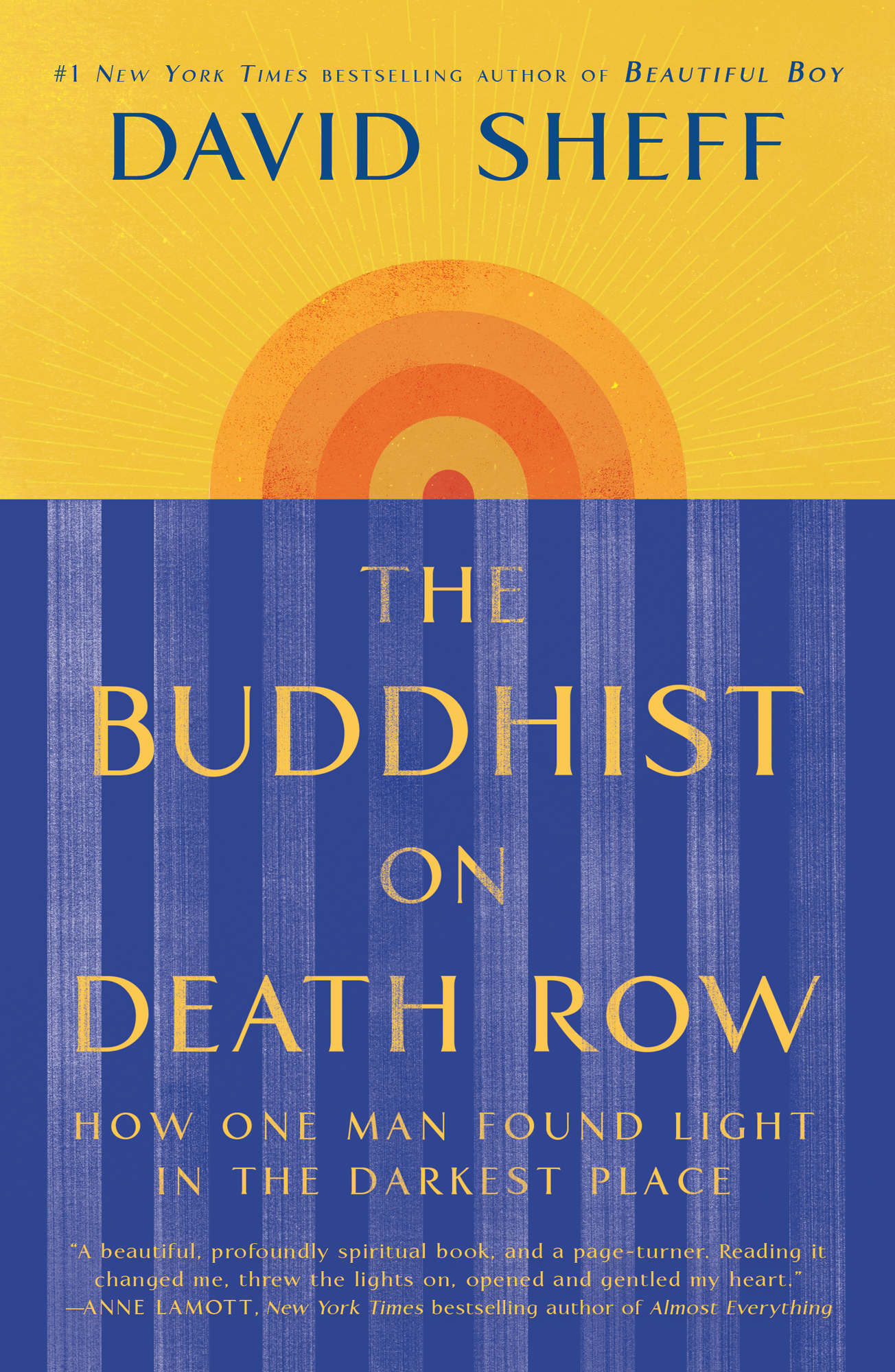


Simon & Schuster
1230 Avenue of the Americas
New York, NY 10020
www.SimonandSchuster.com
Copyright 2020 by David Sheff
Certain names, details, and identifying characteristics have been changed.
Poem on page 75 reprinted with the permission of Jarvis Jay Masters.
All rights reserved, including the right to reproduce this book or portions thereof in any form whatsoever. For information, address Simon & Schuster Subsidiary Rights Department, 1230 Avenue of the Americas, New York, NY 10020.
First Simon & Schuster hardcover edition May 2020
SIMON & SCHUSTER and colophon are registered trademarks of Simon & Schuster, Inc.
For information about special discounts for bulk purchases, please contact Simon & Schuster Special Sales at 1-866-506-1949 or .
For more information or to book an event with David Sheff, please contact the Steven Barclay Agency at 1-888-965-7323 or visit www.barclayagency.com.
Interior design by Ruth Lee-Mui
Jacket design by Zoe Norvell
Library of Congress Cataloging-in-Publication Data
Names: Sheff, David, author. Title: The Buddhist on death row : how one man found light in the darkest place / David Sheff. Description: First Simon & Schuster hardcover edition. | New York : Simon & Schuster, 2020. Identifiers: LCCN 2019040344 (print) | LCCN 2019040345 (ebook) | ISBN 9781982128456 | ISBN 9781982143152 (paperback) | ISBN 9781982128494 (ebook) Subjects: LCSH: Masters, Jarvis Jay, 1962- | BuddhistsUnited StatesBiography. | Death row inmatesBiography. | PrisonersCaliforniaSan QuentinBiography. | California State Prison at San QuentinBiography. Classification: LCC BQ972.A768 S54 2020 (print) | LCC BQ972.A768 (ebook) | DDC 294.3092 [B]dc23
LC record available at https://lccn.loc.gov/2019040344 LC ebook record available at https://lccn.loc.gov/2019040345
ISBN 978-1-9821-2845-6
ISBN 978-1-9821-2849-4 (ebook)
For Pamela Krasney, who inspired us with her moral courage as she fought for criminal justice reform and an end to the death penalty. Pamela made the world a better place for her family, friends, and countless others.
Cage an eagle and it will bite at the wires, be they of iron or of gold.
HENRIK IBSEN
 AUTHORS NOTE
AUTHORS NOTES ome of the names and details in this book have been changed at the request of participants concerned about their privacy or, in some cases, their safety.
 INTRODUCTION
INTRODUCTIONI sit in a molded plastic chair on one side of a small table opposite a man named Jarvis Jay Masters. I tell him Im considering writing a book about him and ask what he thinks of the idea. I emphasize that if I go forward, Ill report what I find, both the good and the bad.
I cant be painted worse than Ive been painted, Masters says, and I guess thats true for someone convicted of murder.
I mean, he adds, look where we are.
Where we are is in a closet-sized cage among a dozen similar cages in a visitation hall reserved for the condemned at San Quentin State Prison.
I follow Masterss gaze as it sweeps the other cages in which convicted killers sit with family members or attorneys. Ramn Bojrquez Salcido, convicted of murdering seven people, including his wife and daughters, sits with his lawyer in a cage opposite ours. Nearby, Richard Allen Davis, who raped and killed a twelve-year-old girl, munches Doritos. In the cage on the end, near a bookshelf lined with board games and Bibles, Scott Peterson, convicted of murdering his eight-months-pregnant wife and their unborn child, sits with his sister.
Peterson looks relaxed and fit, but some prisoners appear tense, agitated, or sullen. And then there are guysdiminutive, bespectacled, innocuouswho look like tellers or, in one case, John Oliver. Their looks deceive, Masters says. Over the years, hes been surprised when hes learned about the crimes committed by the meekest and politest of his death row neighbors. Some of them have perfect manners, place their napkins on their laps, but half of Iowa is missing.
In 2006, my friend Pamela Krasney, an activist devoted to prison reform and other social justice causes, told me about a death row inmate who, she claimed, had been wrongly convicted of murder. He was unlike anyone shed ever knownmore conscious, wise, and empathetic in spite of his past. She corrected herself. Because of his past.
Introduced by Masterss friend, the famed Buddhist nun Pema Chdrn, Pamela had been visiting Masters regularly for years. She belonged to a group of supporters devoted to proving his innocence. They called themselves Jarvistas.
Pamela told me that Masters had written a book, numerous articles, and a poem for which hed won a PEN award. Hed converted to Buddhism and studied with an eminent Tibetan lama, Chagdud Tulku Rinpoche, who proclaimed him a bodhisattva, one who works to end suffering in a place drowning in suffering. Indeed, Pamela claimed that Masters had become a force for good in San Quentin, teaching Buddhism to inmates and even thwarting violence.
Encouraged by Pamela, I arranged a visit to death row, arriving at the former Bay of Skulls on a fogless morning, a steel wind blowing in through the Golden Gate. White sailboats floated like lotus petals on the bay. Tugboats pushed barges, hydrofoil ferries glided by, and the RichmondSan Rafael Bridge glistened. After my identity was verified, I passed through a metal detector and, as instructed, followed a painted yellow line along a rocky embankment. Overhead, armed guards watched from a tower that looked like a lighthouse.
Masters was housed in the ominously named Adjustment Center, the solitary-housing unitthe holeonce described by a San Quentin administrator as a contained, enclosed unit for the vicious, violent, insanemen society doesnt want to exist. Hed been in the AC for two decades.
I was led to a chair that faced a smeared glass partition. After several minutes, a door opened on the other side, and a guard escorted Masters in. He was tall and clean shaven, with neatly buzzed hair. Reading glasses hung around his neck.
When he was unshackled, Masters sat, and we picked up cracked handsets. His voice was muffled, as if we were talking through tin-can telephones.
Masters had clear brown eyes, a sweet tenor voice, and a quiet charisma that the glass couldnt obstruct. We talked about Pamela, Pema, writing, the news, and a recent lockdown after a stabbing. I asked questions about guards, inmates, and his Buddhist practice. Masters was articulate, thoughtful, and funny. After an hour and a half, a guard signaled that the visit was over. He led Masters away, and I left the cellblock, emerging into the cold bay air.
I ruminated about the meeting. Masters seemed open and earnest. I glimpsed what his friends described as something indefinably special about him, but charm does not equal innocence. Weve read about vicious yet charismatic murderer: Truman Capotes Perry Smith (Capote even grew fond of his accomplice, the far more pitiless Richard Hickock), Sister Helen Prejeans Elmo Patrick Sonnier and Robert Lee Willie, and Norman Mailers Gary Gilmore (as Mailer portrayed him, Gilmore was callous and remorseless but had a keen mind, wit, and allure).
Font size:
Interval:
Bookmark:
Similar books «The Buddhist on Death Row: How One Man Found Light in the Darkest Place»
Look at similar books to The Buddhist on Death Row: How One Man Found Light in the Darkest Place. We have selected literature similar in name and meaning in the hope of providing readers with more options to find new, interesting, not yet read works.
Discussion, reviews of the book The Buddhist on Death Row: How One Man Found Light in the Darkest Place and just readers' own opinions. Leave your comments, write what you think about the work, its meaning or the main characters. Specify what exactly you liked and what you didn't like, and why you think so.



